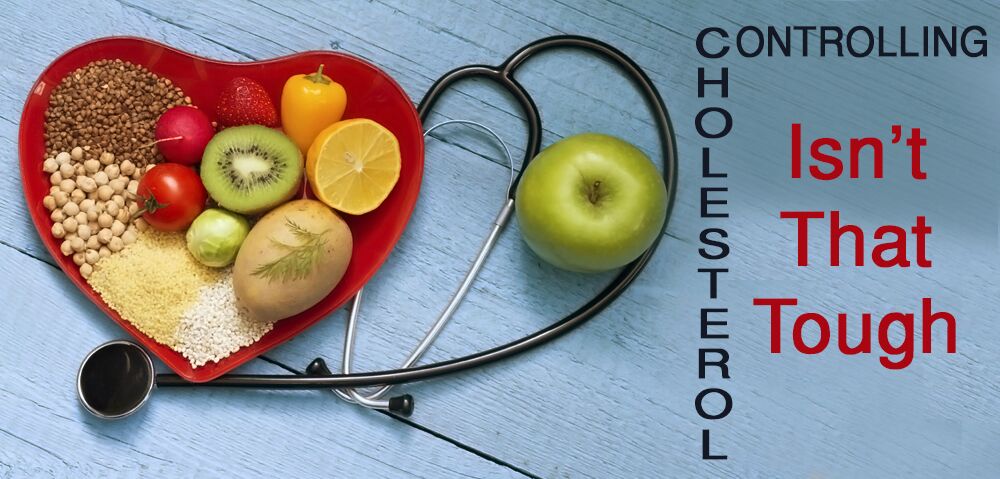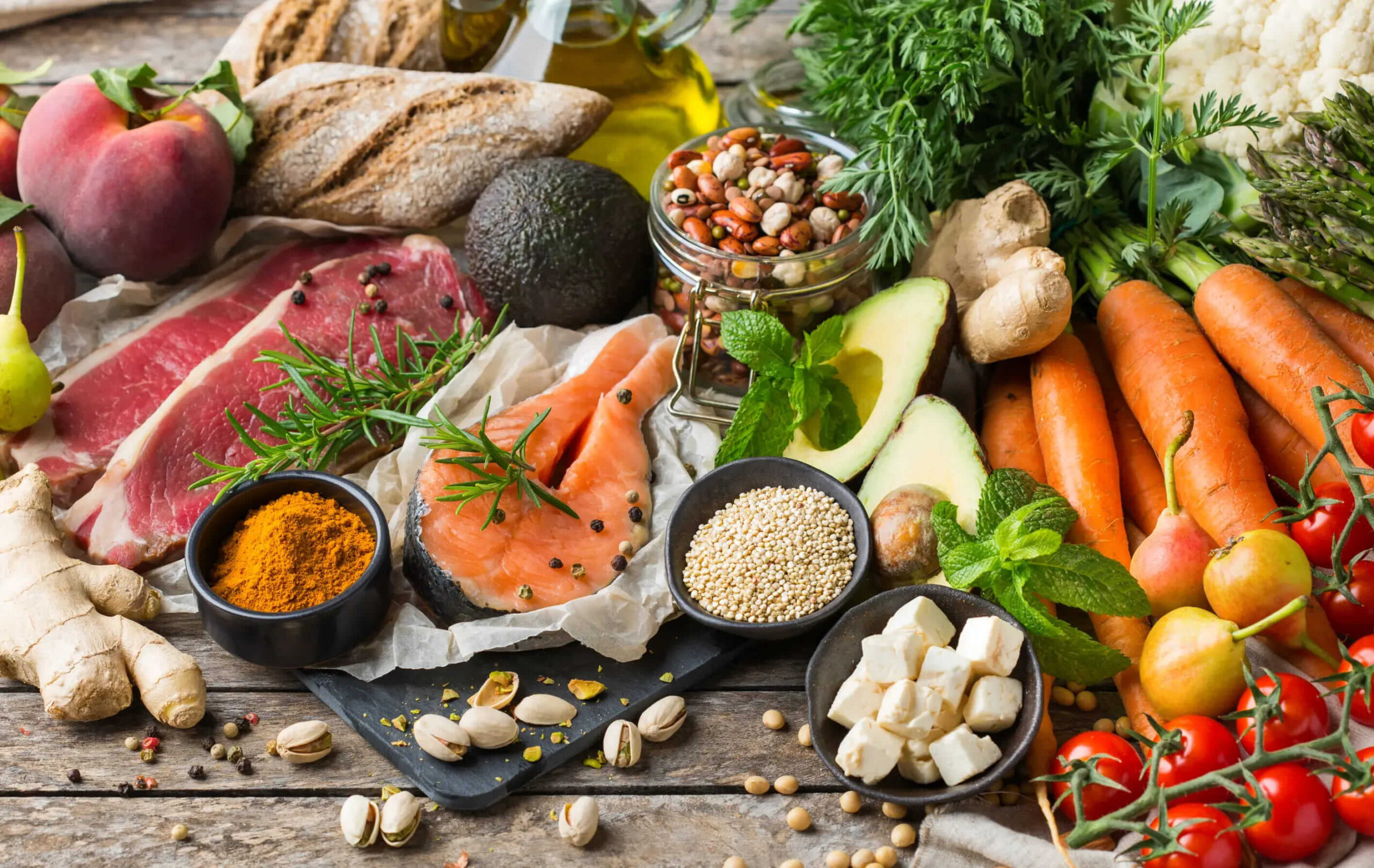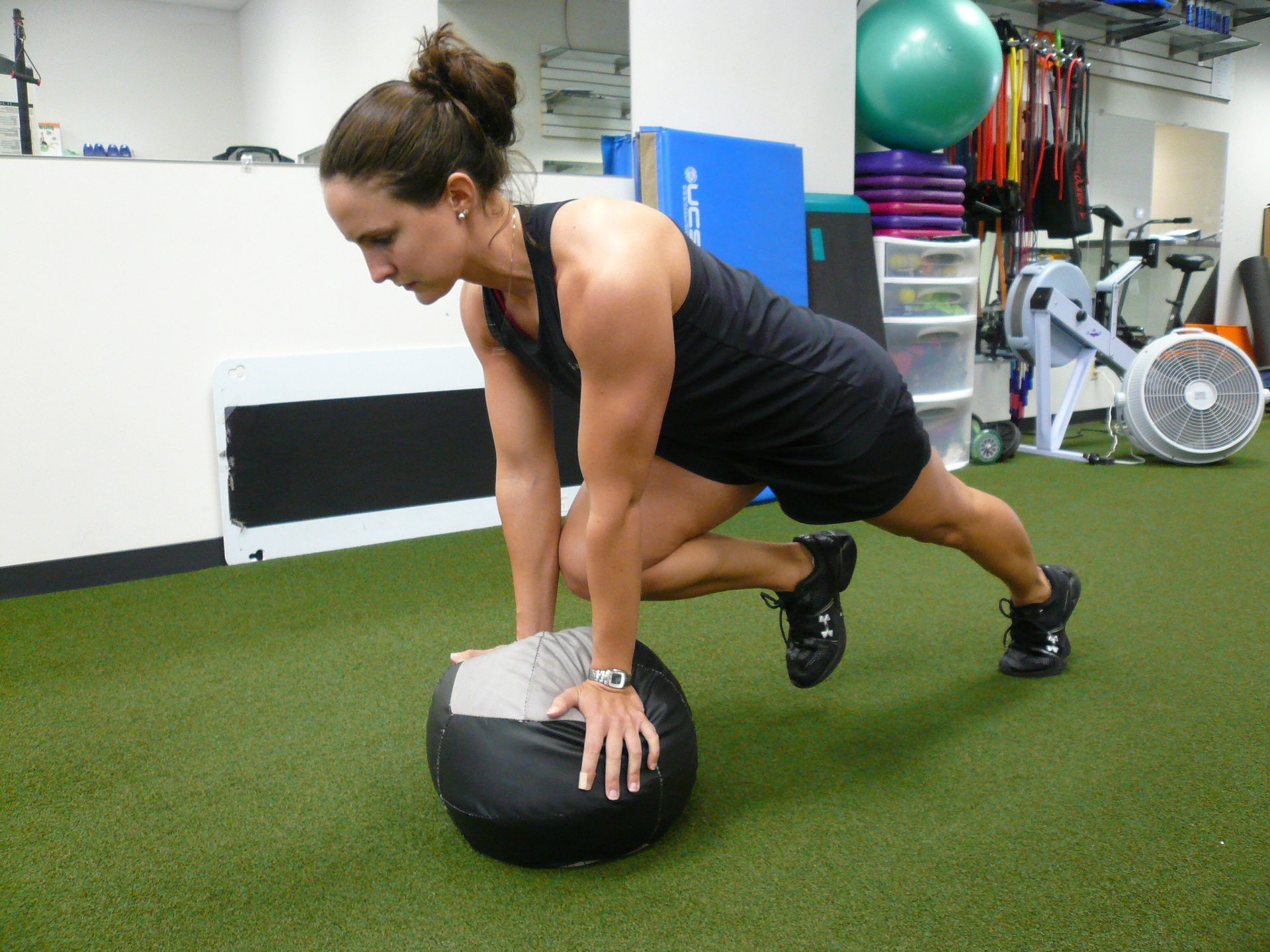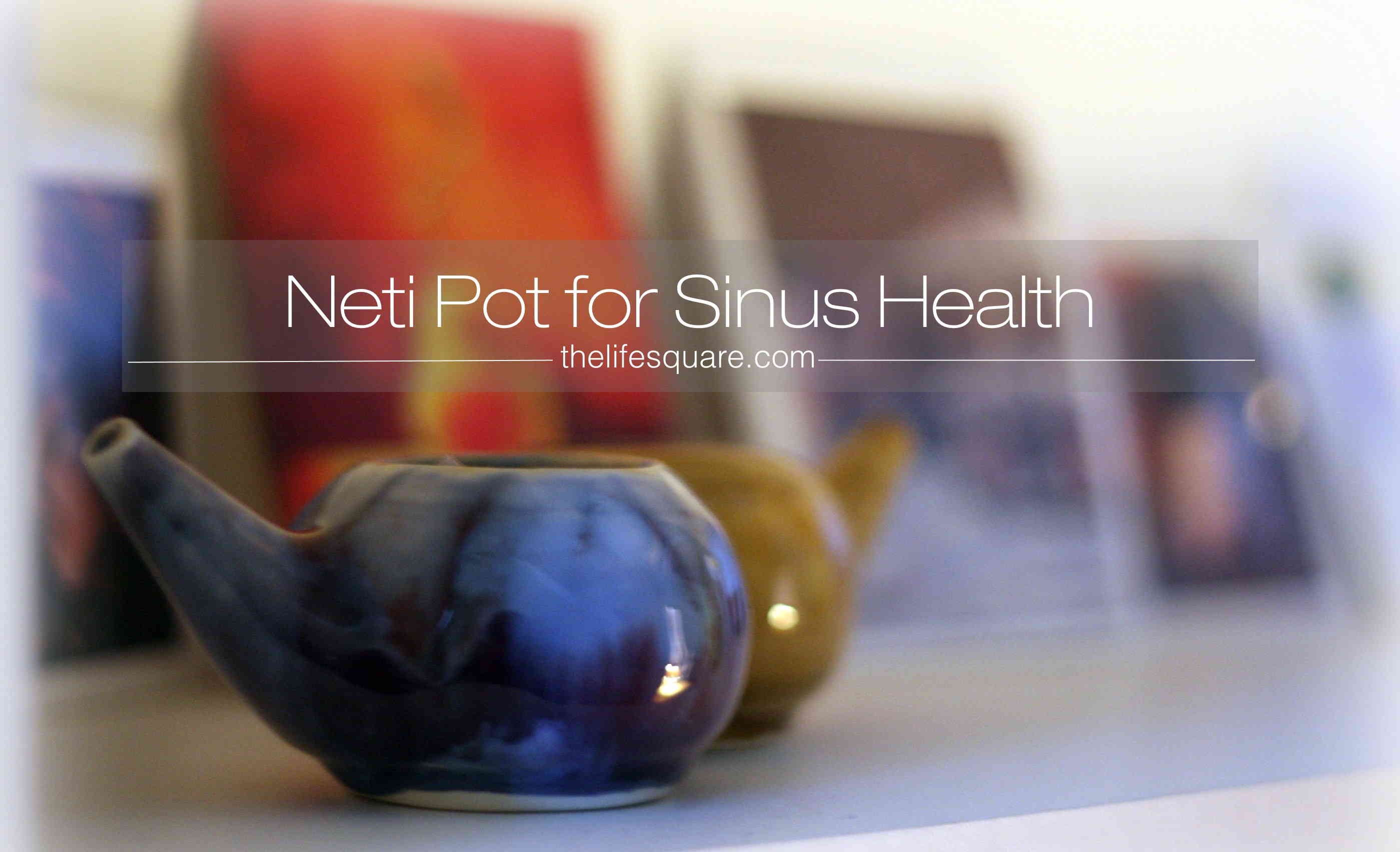Controlling Cholesterol Isn’t That Tough

It is surprising to know that 90% of the people are having high cholesterol starting at as young as 23. That proves, there is something fundamentally wrong in our lifestyle and food habits.
In the era of fast food and fast life we tend to escape things which are necessary for a healthy life. In the following paragraphs I am going to share some basic understanding of cholesterol and necessary measures we can take to curb it.
1. What Is Cholesterol?
Cholesterol is a modified steroid and an essential part of animal cell membrane. It is a waxy material produced by liver naturally or consumed through other food products. The chemical formula of cholesterol is C27H46O.
2. Why Does Our Body Need Cholesterol?
Cholesterol is essential for cells to build and support membrane which regulates fluidity of a cell. It also participates in intracellular transport of triglycerides which is a fat particle and gives energy to body.
Cholesterol also work as forerunner in several biochemical pathways. For example, liver converts cholesterol to bile to digest fat as well as fat soluble vitamins such as vitamin A, D, E and K. Body stores bile in gallbladder. Sometimes cholesterol accrete to form gallstones.
3. How Much Cholesterol A Healthy Body Need?
This is a very tricky question and as per scientific literature body does produce cholesterol needed. Data given on wiki page and Harvard medical newsletter say, a healthy body produces about 1,000 mg (1g) of cholesterol per day through cholesterol synthesis.
Cholesterol synthesis is a highly regulated process which modulates the amount of cholesterol per day depending on consumption of dietary cholesterol.
4. Types Of Cholesterol
To understand in the simple language, we can say cholesterol is mainly divided in two categories, namely, LDL(Low Density Lipoprotein and HDL(High Density Lipoprotein).
LDL & HDL are bundle of cholesterol and lipoprotein which supplies fat to body cells. And as name suggests, LDL has low density of lipoprotein and more fat whereas HDL has more density of lipoprotein.
As LDL increases in blood which body cannot consume or recycle, it starts sticking to lining of blood vessels and results in cardiovascular disease. On the contrary, HDL, because of high density of lipoprotein, sponges up excess cholesterol from lining of blood vessels or elsewhere and transports them to liver for disposal or recycling.
Healthy lifestyle and food habits will help you to regulate LDL and HDL levels in your body, that I will discuss later.
5. Role Of Fat
While eating or buying food, we commit biggest mistake because most of the time we only look at “Cholesterol Free” label and forget about fat, but there are few fats which contributes to increase LDL level.
Often, all of us hear about saturated and unsaturated fats, but might not understand the difference between them and how those fats contribute to cholesterol level. Saturated and unsaturated nomenclature is based on chemical structure of fat.
Saturated Fat:
All fats are made of carbon and hydrogen atoms but differ in shape and number of hydrogen bond with carbon. In case of saturated fats, carbon holds bond with as many hydrogen as possible. Saturated fats are unhealthy because post metabolism they are transformed to triglycerides which though provide energy to cells but their excess quantity end-up as LDL and sticking to lining to blood vessels.
Unsaturated Fat:
As the name suggests, carbon doesn’t hold all possible bonds with hydrogen, hence end-up being unsaturated and called unsaturated fat. Contrary to saturated fats, unsaturated fats are considered healthy and mainly divided in two categories, mono-unsaturated fats and polyunsaturated fats.
Mono-unsaturated fats have only one pair of carbon unsaturated whereas polyunsaturated has many. Another type of unsaturated fat is trans fats which is harmful for the body and increases LDL level. Though many contradict this theory but still no evidence is available to prove contrary.
So, in summary, saturated fat and trans fats increase LDL level, though few recent reports dispute this fact but it is still a widely accepted theory. On the other hand, both monounsaturated and polyunsaturated fat help in decreasing LDL level.
6. Preferred Diet To Lower Cholesterol Level
In very simplified language we can categories fat intake as explained below.
Dietary Intake Which Increases Cholesterol Level.
- Saturated Fats
- Trans Fats
Dietary Intake Which Curbs Cholesterol Level.
- Unsaturated Fats
- Monounsaturated Fats
- Polyunsaturated Fats
If needed to compare monounsaturated and polyunsaturated fats in curbing cholesterol, then polyunsaturated fats are more effective. So next time when shop for food items then please look at fat content as well.
7. Understanding Food Intake
Fats which increase LDL level:
- Saturated Fats: Mainly found in Cream, Cheese, Butter, Ghee, Meat, Chocolate, Cake etc.
- Trans Fats: Mainly found in Fast Food, Snack Food, Fried Food and Baked Food. That is mainly because of partial hydrogenation of unsaturated plant fat (generally Vegetable Oil). As per NAS (National Academy of Science), trans food decreases HDL level in addition to increasing LDL. So, trans fat makes a double loss.
Fats which curb LDL level:
- Monounsaturated fats: Mainly found in Olive oil, Red Meat, Avocados, Canola Oil and Sunflower Oil.
- Polyunsaturated fats: Mainly found in Walnut, Seeds, Fish, Algae, Leafy Greens, and Krill oil.
A very descriptive chart from Wiki shows percentage of fats in food items we take. It will help readers to plan their dietary.
8. Physical Activity:
It is proven that burning calories, outdoor games and cardio exercises increase HDL level. Make schedule of jogging, sports activity and Gym. These will directly affect your cholesterol level. Also at the same time avoid muscle-building food such as protein supplement.
Choose your dietary wisely to keep yourself healthy and believe us, it’s possible.





